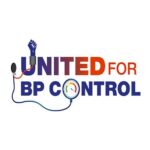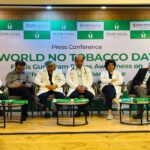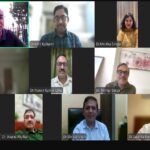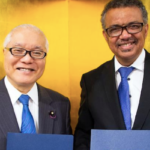Imperative to detect cases on time and provide treatment
New Delhi, April 15, 2018: Recent WHO statistics indicate that India accounts for 60% of the world’s new leprosy cases. Apart from this, New Delhi is among regions that recorded an increased prevalence of the curable disease which often attracts social ostracism because of ignorance. There is a need to create awareness that this condition is completely curable using multi-drug therapy available free in public hospitals and treatment in early stages prevents disability.
Leprosy is a chronic infectious disease caused by ‘mycobacterium leprae’ that mainly affects the skin, peripheral nerves, eyes and the mucous membrane of the windpipe. Also known as Hansen’s disease, it was regarded as incurable in the past, and patients often became social outcasts.
Speaking about this, Padma Shri Awardee Dr K K Aggarwal, President Heart Care Foundation of India (HCFI) and Immediate Past National President Indian Medical Association (IMA), said, “This condition appears as a hypo-pigmented patch on skin with definite loss of sensation. The onset of leprosy is subtle and silent. It affects nerves, skin and eyes. Of all the communicable diseases, leprosy is very important for its potential cause for permanent and progressive physical disability. Untreated leprosy-affected person is the only known source for transmission of the bacteria. Respiratory tract, especially nose, is the major route of exit of the organism from the body of infectious persons. The disease-causing organism enters the body commonly through respiratory system by droplet infections. After entering the body, it migrates towards the nerves and skin.”
Apart from the skin patches, other signs of leprosy include numbness or tingling in hand or feet; weakness of hands, feet or eyelids; painful nerves; swelling or lumps in the face or earlobes; and painless wounds or burns on hands or feet.
Adding further, Dr Aggarwal, who is also the Vice President of CMAAO, said, “Detection of cases before deformities set in and regular treatment (MDT) is an essential. MDT is available free of cost at all the Government Health Care Facilities in the country. Under the National Leprosy Eradication Programme, treatment is provided free of cost to all the cases diagnosed each year through the general health care system including NGO institutions.”
HCFI comment
Leprosy is perhaps one of the most misunderstood diseases and poses unique challenges.A holistic and multi-pronged approach including key policy changes, a public education campaign, sustainable livelihood programmes, skill training workshops, etc. can help in reducing the burden. It is also important to bring in other medical stakeholders to generate employment, identify interventions to dispel stigma and mainstream the affected people.







